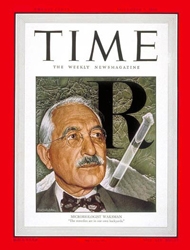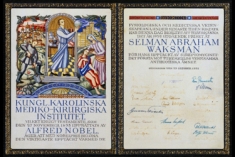- The Waksman Museum
-
Streptomycin & the Legacy of Dr. Selman Waksman
Streptomycin & the Legacy of Dr. Selman Waksman
The Waksman Microbiology Museum, on the George H. Cook campus of Rutgers, The State University of New Jersey, is located in what was the laboratory in which streptomycin was discovered in 1943. It is named in honor of Dr. Selman Waksman, a prime mover in American soil microbiology who, with Jacob Lipman and Robert Starkey, elucidated the role of microbes in soil.
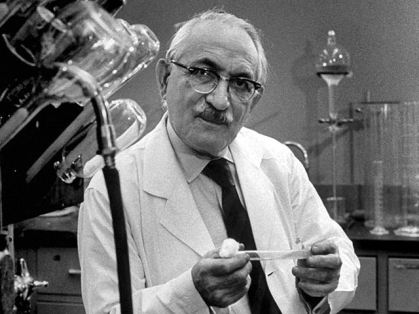
In the late 1930s, Waksman addressed interactions between soil microbes and developed methods for screening for antagonistic microbes with his team of graduate students: H. Boyd Woodruff, Elizabeth Horning, Maurice Welsch, and Doris Jones. History-making success came through Albert Schatz, who discovered Streptomyces griseus, the producer of streptomycin.
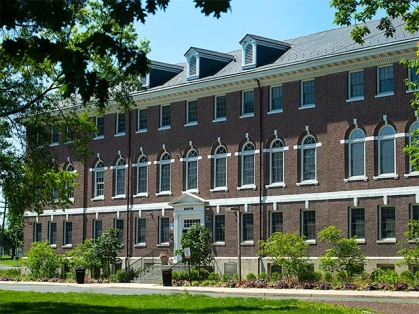
The streptomycin discovery occurred in the Waksman Museum, a teaching/research laboratory in the Administration Building (today's Martin Hall) of the New Jersey Agricultural Experimental Station (Rutgers School of Environmental and Biological Sciences — SEBS). This was the fifth of the Waksman/Rutgers antibiotics, following actinomycin, streptothricin, fradicin and clavacin.
Streptomycin, the world's first "broad spectrum" antibiotic, attacked diverse pathogens including those causing plague, cholera, typhoid, tularemia, brucellosis and dysentery (infections unaffected by penicillin) and also Gram positive pathogens. Additionally, streptomycin was the first practical agent active against Mycobacterium tuberculosis, then the world's largest killer!
The famous streptomycin announcement that spectacularly advanced world medicine, was published by Albert Schatz, Elizabeth Bugie and Selman Waksman (1944). Elizabeth Bugie participated in the discovery and study of several antibiotics including streptomycin. Support of this fledgling antibiotic program was by Merck & Co. The clinical animal and human trials were run cooperatively with Corwin Hinshaw and William Feldman at the Mayo Clinic, Rochester, Minnesota.
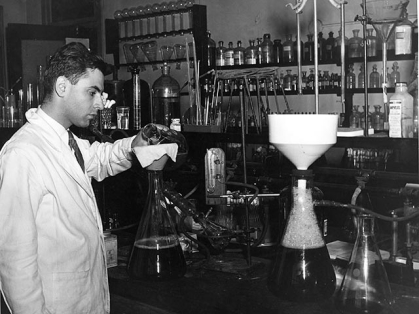
Large-scale production was essential and Merck & Co. developed novel large 15,000 gallon fermentors for this purpose). New Brunswick Scientific Co., Edison, NJ, designed shake culture apparatus to optimize the growth of microbial cultures, and later developed into a major fermentor and laboratory equipment manufacturing company.
Eighteen antibiotics were isolated in Waksman's laboratory at the New Jersey Agriculture Experimental Station. This was very much a cooperative team effort, including early women's scientific research in the World War II era. Of these antibiotics, streptomycin, neomycin, candicidin and actinomycin were commercial successes. Millions of recoveries from tuberculosis have been credited through streptomycin. Streptomycin was central in the recovery of Senator Bob Dole from war injuries, while Ringo Starr, the Beatles, was cured of tuberculosis as a teenager.
The broad achievements are recognized today through the Waksman Institute, a namesake on the Busch Campus, which was built through support of the antibiotic patent royalties. Professor Waksman left the SEBS campus to become the Institute's first Director when the doors opened on June 7, 1954. He retired in 1958 having spent, 41 years at Rutgers campus, 37 years of which were at the Cook campus. The Department of Biochemistry and Microbiology continues with vibrant research programs of the role of microbes in deep sea hydrothermal vents to the Arctic tundra and in association with plant, animals and humans.
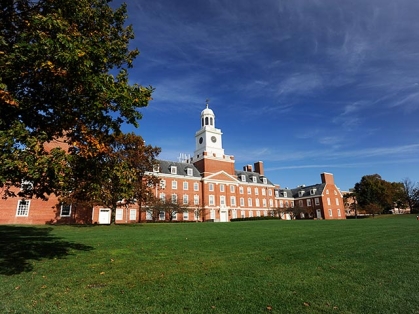
Recognition of the original Waksman Laboratory Museum at SEBS, as the site of discovery of streptomycin and the early studies of soil microbes has been through commemorative plaques in the Milestones in Microbiology program, American Society for Microbiology, and the National Historic Chemical Landmark program, American Chemical Society. International recognition came through the Nobel Prize in Physiology or Medicine, 1952, awarded to Selman Waksman for his methods that led to the discovery of streptomycin—Rutgers' only Nobel Prize.
